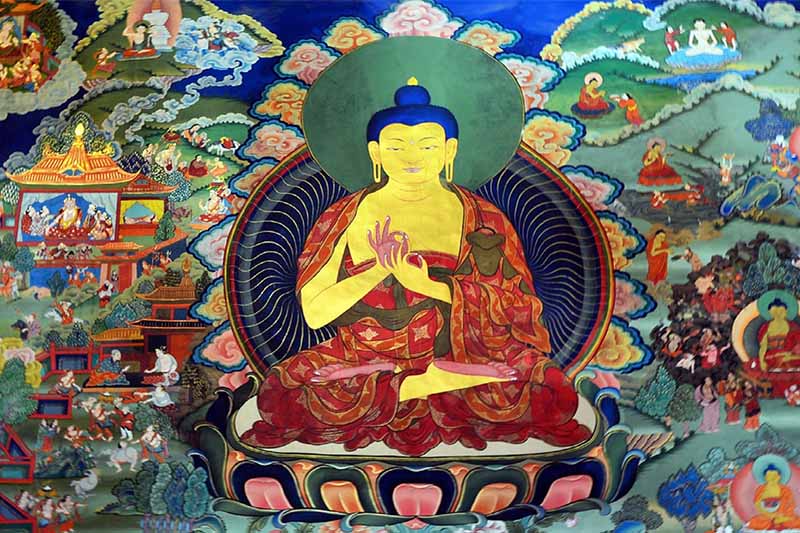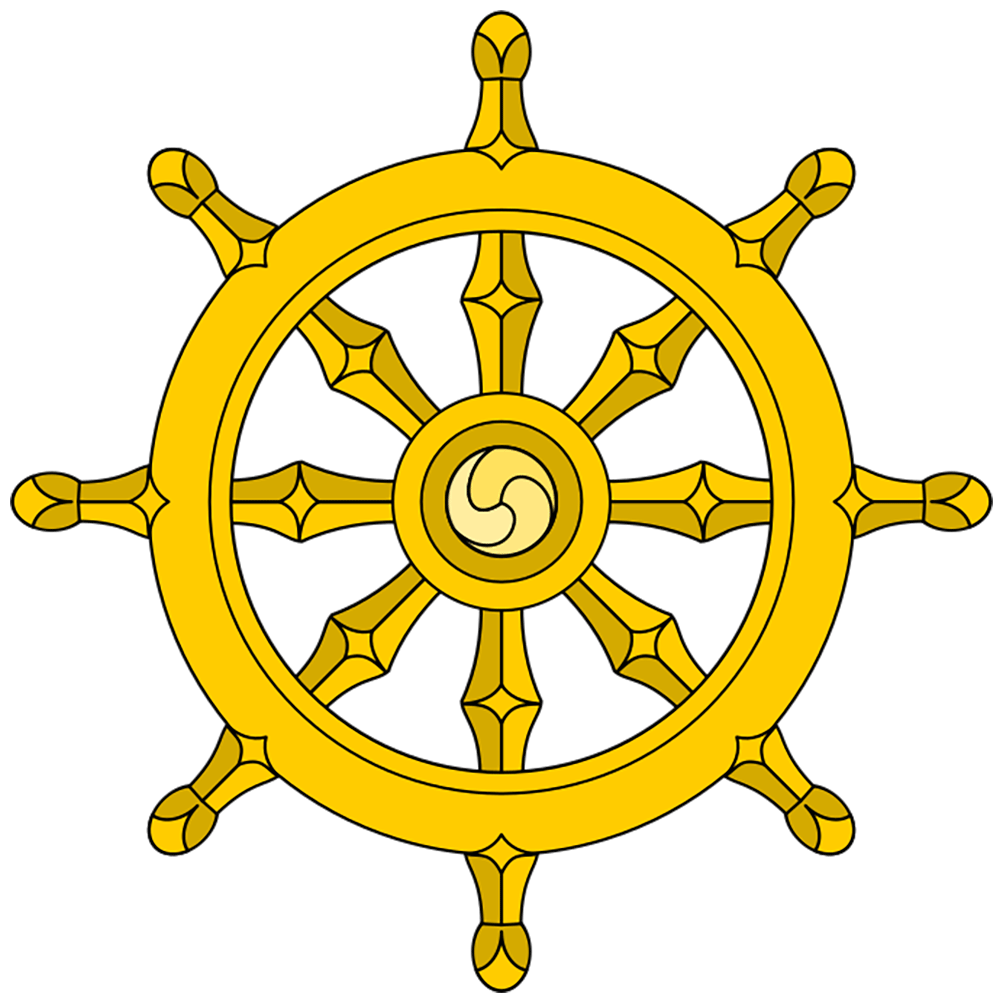The Three Major Traditions of Buddhism: A Comprehensive Overview
2023-03-08 05:59:26

Buddhism is one of the world's major religions and has been practiced for over two and a half thousand years. It was founded by Siddhartha Gautama, who became known as the Buddha, meaning "enlightened one." Today, there are three main traditions of Buddhism in the world: Theravada, Mahayana, and Vajrayana.
Theravada Buddhism
Theravada Buddhism is the oldest and most traditional form of Buddhism. It is commonly practiced in Southeast Asia, including countries such as Sri Lanka, Thailand, and Myanmar. Theravada Buddhism focuses on individual enlightenment, with a strong emphasis on meditation and self-discipline. The teachings of the Buddha are considered to be the ultimate authority in Theravada Buddhism, and the goal of the practitioner is to become an arhat, or fully enlightened being. The Pali Canon, a collection of texts in the Pali language, is the primary source of teachings in Theravada Buddhism.
Mahayana Buddhism
Theravada Buddhism is a more liberal and diverse tradition that developed in East Asia, including China, Japan, and Korea. Mahayana Buddhism emphasizes compassion and the idea that all sentient beings have the potential to become enlightened. The goal of a Mahayana practitioner is to become a bodhisattva, someone who has attained enlightenment but chooses to stay in the cycle of rebirth to help others achieve enlightenment. Mahayana Buddhism is characterized by the use of rituals and devotional practices, and it has a rich and complex system of philosophy and cosmology. The Mahayana sutras, a collection of scriptures, are considered the primary source of teachings in Mahayana Buddhism.
Vajrayana Buddhism
Vajrayana Buddhism, also known as Tantric Buddhism, is the third and newest tradition of Buddhism. It is commonly practiced in Tibet, Bhutan, and Nepal, and it emphasizes the use of meditation, visualization, and ritual to attain enlightenment. Vajrayana Buddhism incorporates elements of Hinduism and indigenous shamanistic practices and is known for its elaborate rituals and the use of mantras, mudras, and mandalas. The goal of a Vajrayana practitioner is to attain Buddhahood in one lifetime, and the Vajrayana teachings are transmitted through a system of guru-disciple relationships.
While there are differences between the three traditions of Buddhism, they all share a common belief in the Four Noble Truths and the Eightfold Path, which are the foundational teachings of Buddhism. The Four Noble Truths state that suffering is a universal experience, the cause of suffering is craving and attachment, there is a way to end suffering, and the path to the end of suffering is the Eightfold Path, which includes right understanding, right intention, right speech, right action, right livelihood, right effort, right mindfulness, and right concentration.
In conclusion, Buddhism is a rich and diverse religion with a long history and a wide range of practices and beliefs. The three traditions of Theravada, Mahayana, and Vajrayana each offer a unique approach to achieving enlightenment, but they all share a common goal of reducing suffering and cultivating compassion. Whether you are interested in meditation, philosophy, or ritual, there is a form of Buddhism that can provide a path towards greater wisdom, peace, and understanding.





